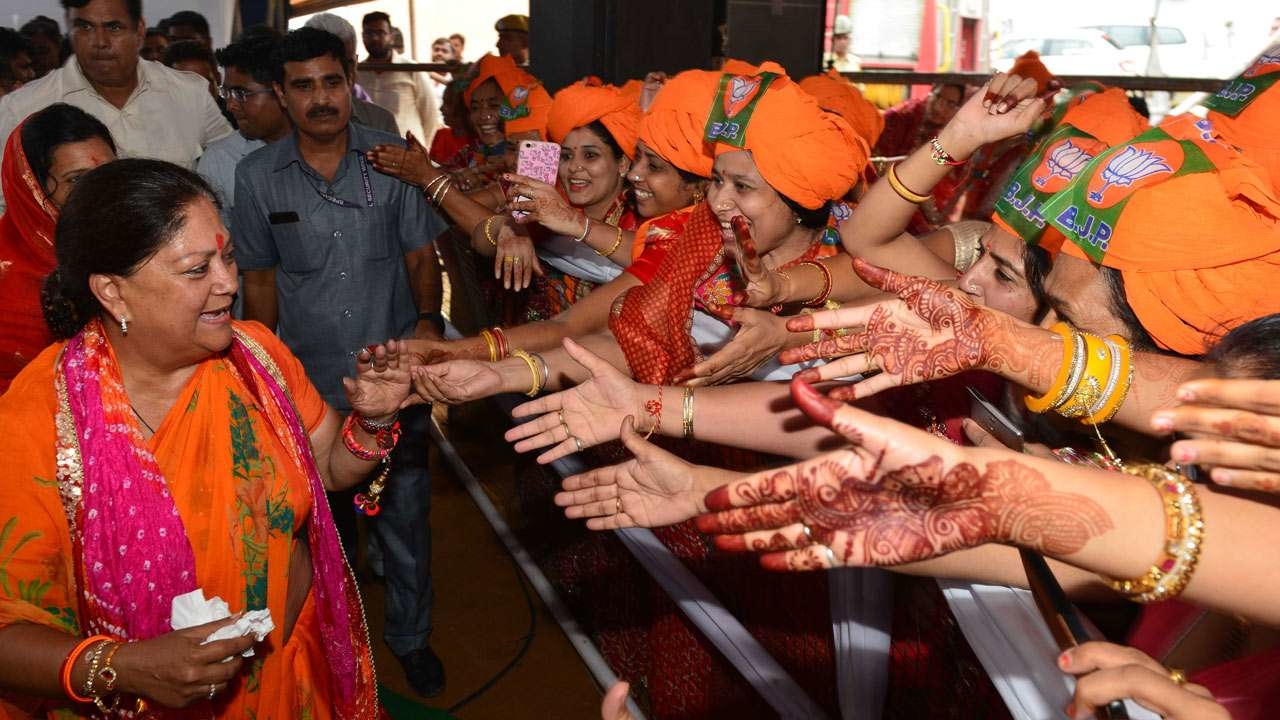The total number of job seekers from the state registered with the NCS is 8,57,316, while the total number of job vacancies available (in all sectors) in the state is only 12,854.
The total number of job seekers registered with National Career Services (NCS), an initiative under the Union Ministry of Labour and Employment, is 8,57,316 from Rajasthan, as of March 31, 2018, while the total number of job vacancies available (in all sectors) in the state is only 12,854. It means that the state could provide employment to just 1% of the unemployed. This points to the dire situation of the youth in the state.
Talking to Newsclick, Professor Amit of Azim Premji University said that the unemployment rate in the state in 2012 was at 3.2%, which increased to 7.1% in the year 2015. The situation got worse in 2018 when the unemployment rate has further gone up to 7.7%, according to Centre for Monitoring the Indian Economy (CMIE).
CMIE’s Chief Executive Officer Mahesh Vyas says that the labour participation — the number of people either employed or actively looking for work — fell to 41-42 per cent of the labour pool after demonetisation, from around 47 per cent before.
A report by the Comptroller and Auditor General (CAG) of India — on the Rajasthan’s general and social sector for the financial year ending March 31, 2017 — reveals that the three skill training programmes running in Rajasthan achieved less than half of their training targets during 2014-17.
Of the youths who were trained, only a little over a third got job placements — of which, only 37.45 per cent placements were found to be genuine.
The three programmes being run by the Rajasthan Skill and Livelihoods Development Corporation (RSLDC) — the nodal agency for the state’s skilling initiatives — are: (a) Regular Skill Training Programme (RSTP) — aimed at training people for self-employment, (b) Employment Linked Skill Training Programme (ELSTP) — to train youths in various skill sets, with the private training partners being responsible for providing employment to a minimum number of trainees, and (c) Pandit Deen Dayal Upadhyaya Grameen Kaushalya Yojana (DDU-GKY) — a centrally sponsored skilling scheme for the rural poor.
Rajasthan’s population has a huge chunk of youth — 55 per cent of its population is aged below 25 years, as per the 2011 Census, and there were 33 lakh unemployed youth in the state, as per the same Census. Skill development schemes have been promoted as key to providing employment and livelihood in the state.
In fact, an expenditure of Rs 189.81 crore was incurred on the three skill training programmes during 2014-17, said the CAG report.

The ruling Bharatiya Janata Party (BJP), in its election manifesto in 2013, had promised 15 lakh jobs to the youths. “The government is going to complete its five years. What happened to those 15 lakh jobs promised by the BJP?” asked Jaipur-based activist Kamal Kumar.
Literacy rate lower than the national average
At present, Rajasthan has over 90,000 schools, 64 engineering colleges, 40 polytechnics, 430 ITIs and 75 MBA institutes. A shift system is followed in the polytechnics and ITIs. As for seats, the state has 20,755 graduate engineering seats, 6,890 diploma seats, and 43,824 ITI seats.
These are much lesser than the number of seats in other States like Maharashtra, Tamil Nadu and Andhra Pradesh (AP)..
Also, Rajasthan’s literacy rate is lower than the national average. It has a literacy rate of 67.06 per cent as compared with the national average of 74.04 per cent.
Right to Education activist Mukesh Nirwasit alleges that the state government closed down thousands of primary schools to merge them with secondary schools in the areas, but the children are unable to go to the higher school because of longer distances. He argued that the decision reduced access to education for the poor and the marginalised.
The Vasundhara Raje-led BJP government in 2014 merged 17,000 of more than 80,000 government schools in the state into the other schools, ostensibly to increase efficiency and rationalise the utilisation of resources, especially teachers.
Many schools, considered unviable because of low enrolment or the presence of other schools nearby, were shut, and their staff and students were moved. Following protests against the government’s decision, around 4,000 schools were de-merged later that year. But the process of merger still continues.
Courtesy: Newsclick.in
